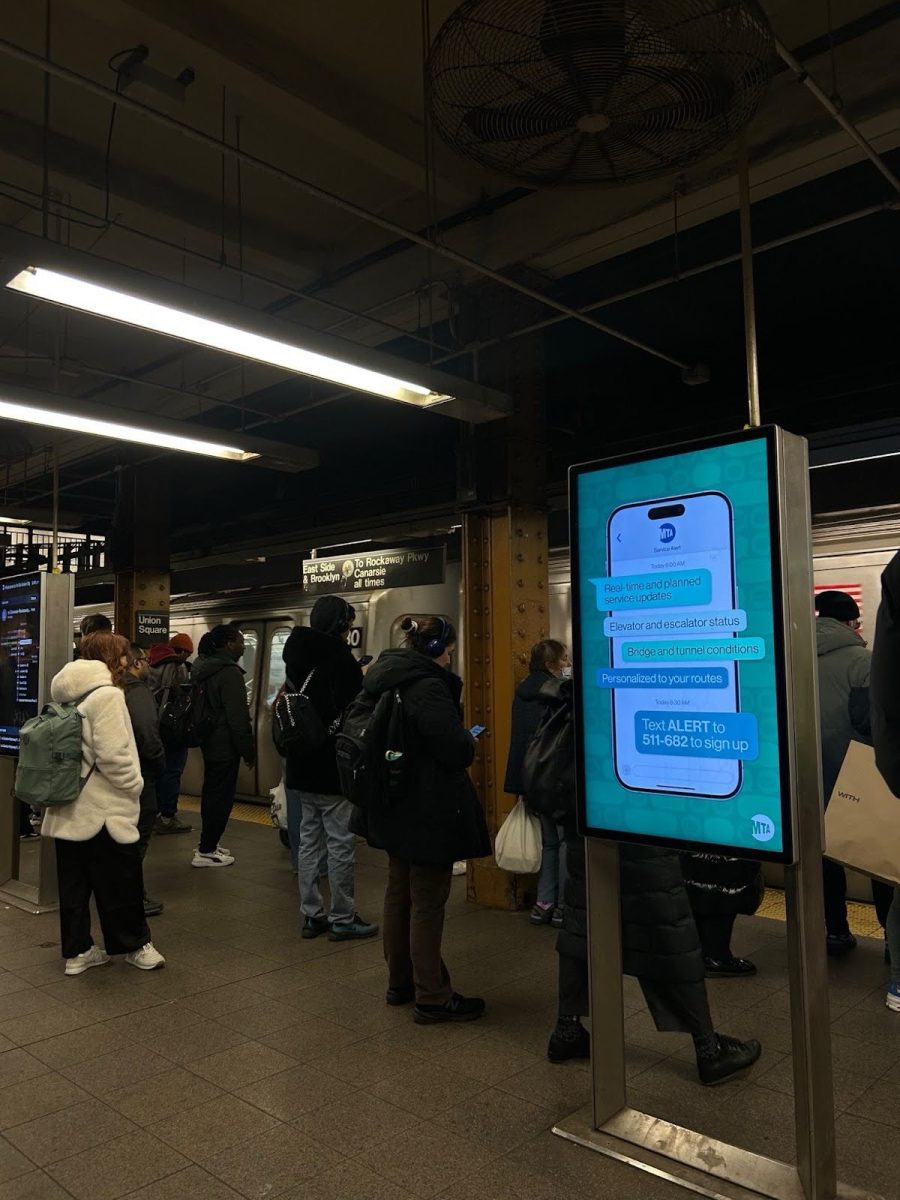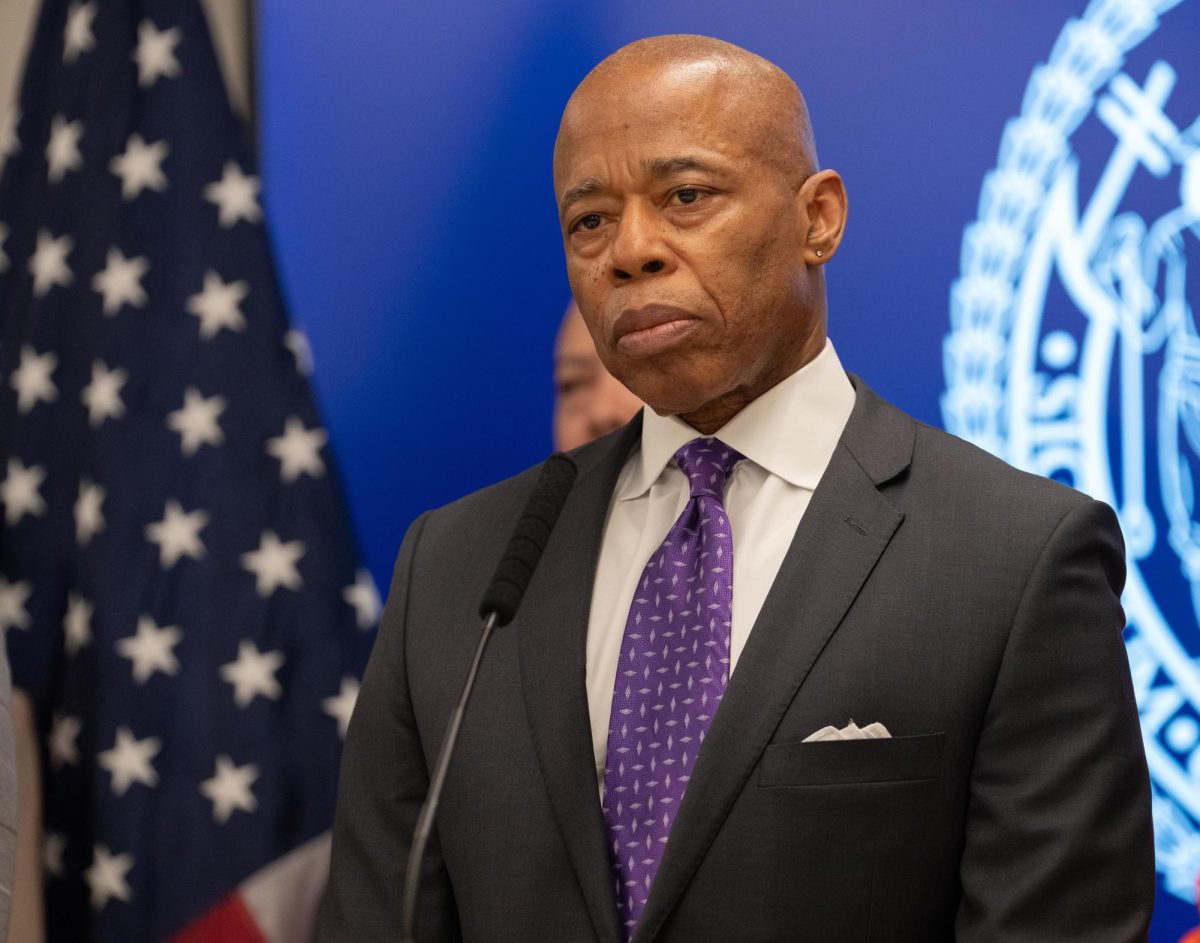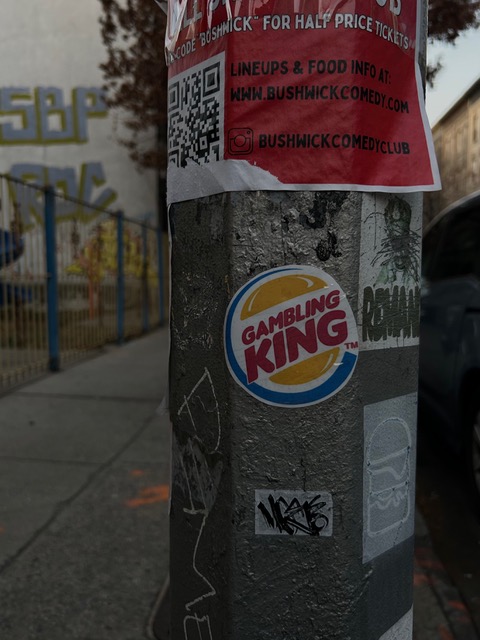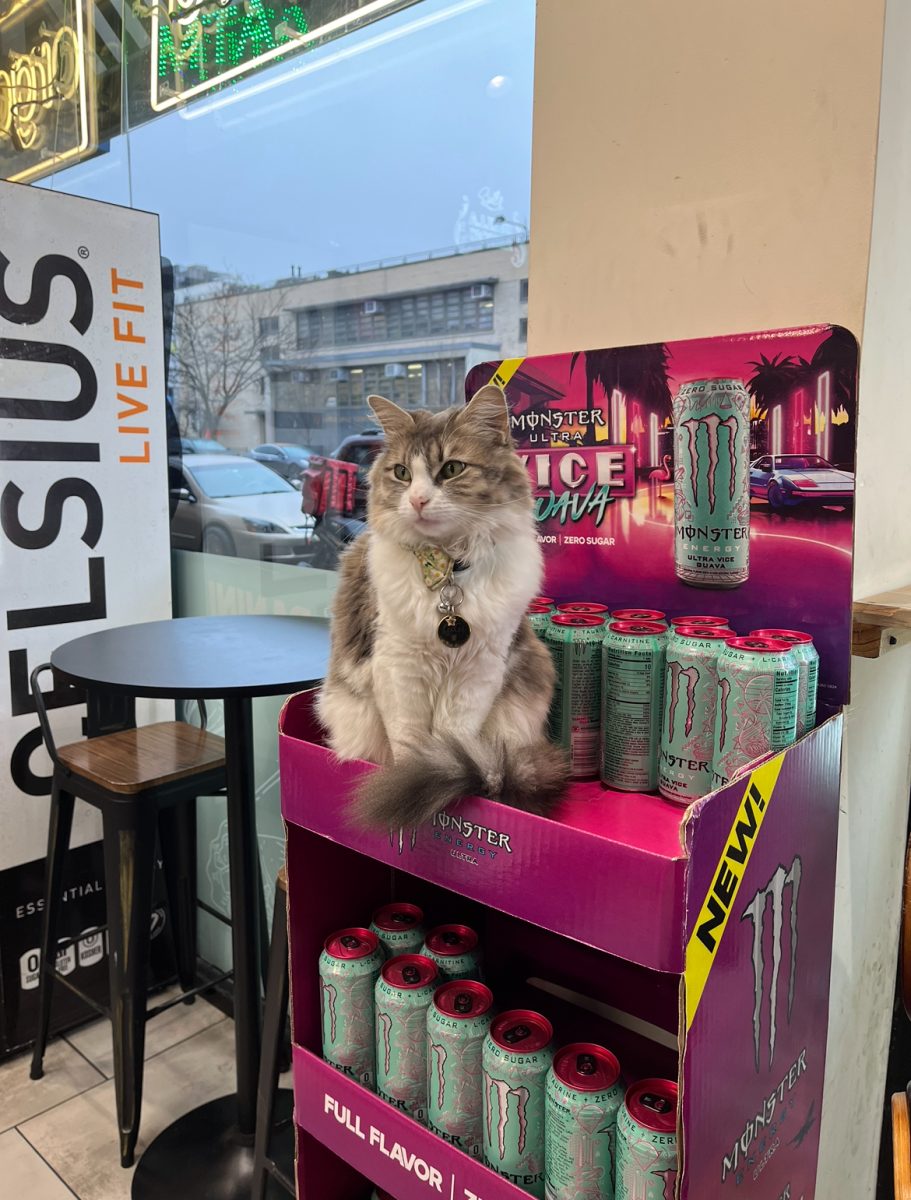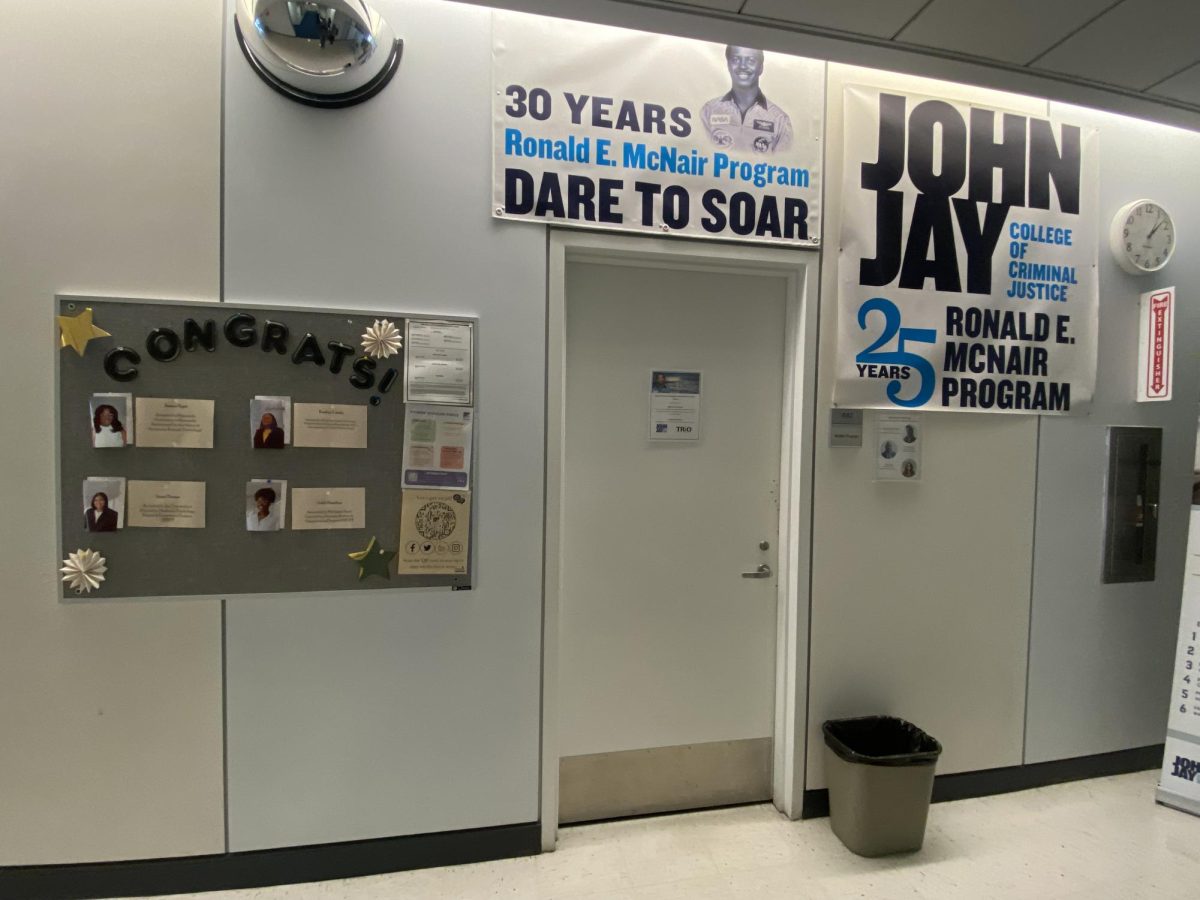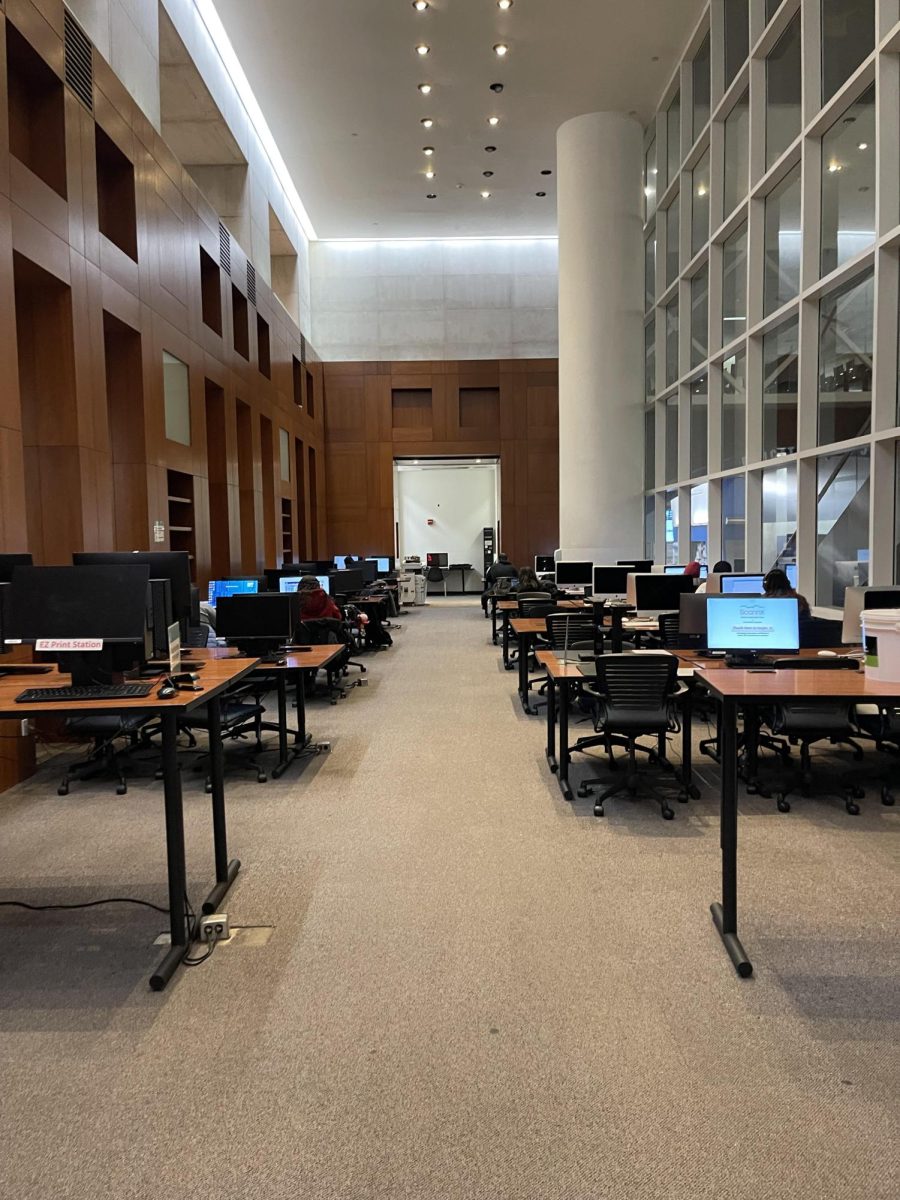On November 20th 2023, the Transit Mobility Review Board suggested a fixed toll of $15 per vehicle entering New York’s Central Business Districts (CBD). As of March 2024 this proposal is underway and is supposed to come into full effect around the summer. However, this change is causing an stir in New Yorker’s lives.
The plan will negatively impact transport companies, such as Uber and Lyft, as well as firefighters’ commute, who drive into the city daily as part of their job. Firefighters will be forced to pay fees for hauling essential city equipment in their personal vehicles.
Uber officials surprisingly supports the congestion pricing plan. In a statement on their website Uber explained: “congestion that slows travel times and frustrates riders and drivers is bad for business.”
Yellow medallion drivers are also feeling the heat from this plan, as more and more yellow cabs have turned to the ride sharing app to keep their income afloat. Massauto, a yellow cab driver, also driving for Uber worries about the future of yellow cabs. “Sometimes when its too busy Uber gives us fares, but its still a very scary situation because you cannot predict the outcome,” he explained.
In 2022, Uber announced their app would allow riders to be picked up by yellow cabs around New York, but it didn’t start until 2023. Only now since the pricing plan is being finalized have riders started seeing more yellow cabs pick them up from the Uber app.
Massauto has been driving a yellow cab for 10 years now, and feels that driving solely for Uber wouldn’t be any easier. “I drive part time now, but this is a very tiring job; it doesn’t matter the color of the car,” he explained
Malaak, an Uber driver of over a year, is not happy with the congestion pricing plan, “I feel like the congestion pricing plan is a cash grab by the city, a lot of taxi drivers are switching to Uber,” he explained.
After congestion pricing was announced back in 2023 however, Taxi Drivers were worried that assimilating to Uber would be their only option.
Malaak is adamant that Uber is the better option. “There’s no competition for Uber in my opinion, the ease of access beats any taxi or cab service in the city,” he said.
When the pricing plan finally hits, the choice between struggling to find riders in a yellow cab, over getting connected to riders through an app is a no brainer for drivers.
The plan will make riders pay a surcharge of $2.50 for Uber and Lyft adding to the already hefty fees. The $1.50 surcharge for yellow cabs, on top of the $3 dollar initial charge, leaves yellow cabs at an even greater disadvantage.
Uber drivers are also worried about extra fees affecting riders mindsets when ordering rides. “I don’t hate the plan, but I feel bad the riders that have to pay more for my rides,” said Rongbo.
Rongbo, an Uber driver of over six years, who also immigrated to the U.S. from China, worries that surcharges will most likely hurt Uber in the long run. “Having to pay extra will make some people not want to get in an Uber,” he explained.
With the average price of an Uber or Lyft ride being $34, accompanied with the congestion pricing surcharge, this leaves daily Uber riders rethinking cheaper transportation options.
Unfortunately, rethinking transportation isn’t only a civilian problem, but an issue for the FDNY firefighters as well. Firefighters protested at MTA headquarters to air their grievances about the plan’s lack of an exemption for the FDNY.
The MTA has held four public hearings at their headquarters. So far, many city officials and firefighters have spoken out about the deal, and how they should be exempt. Firefighters brought their gear weighing up to 79 lbs, and argued that the only possible way to transport this gear was in their personal vehicles.
The congestion plan would essentially make firefighters pay for using their vehicles to carry city equipment throughout their shifts. Daniel has been a firefighter of seven years, and described the plan as “ridiculous.”
Daniel explained how the pricing plan would affect Firefighters daily schedules. “A guy can report to one house downtown, find out the house is full, and be detailed to a house uptown,” he said.
Daniel also explained, “Then at the start of his next tour 15 hours later, he could be sent back downtown.” Therefore Firefighters would be paying twice, because their shifts go passed the time to avoid the second toll.
Sadly, throughout these tours a firefighter would have never left the city, and would have been working all day and night.
The gripes with congestion pricing travels throughout the FDNY, but that’s not their only problem. “We are hemorrhaging; more guys are leaving the department than coming in at this point,” Daniel said. The loss of workforce also implores firefighters to work longer tours than average.
The plan will make firefighters more inclined to stay until their next 15-hour tour. Daniel comments how this will takes a toll on their bodies, “guys working in the city are forced so much over time that they sleep at the firehouses; it’s not worth going home to come back in 9 hours.”
A firefighters life is already at high risk when battling fires. Staying overnight consistently raises cancer risk as well, as firehouses are constantly smelling of smoke and diesel.
On March 27th, the MTA gave the OK to launch the congestion pricing plan for the summer. Unfortunately, they have already installed structures called gantries, which will take a picture of all vehicles being charged for the toll.
Firefighters are hoping that their pleas for exemption will be taken into consideration before the official launch. When questioned about the possibility of an exemption for For Hire Vehicles, yellow taxis, and essential workers of the FDNY, the MTA has failed to respond.




